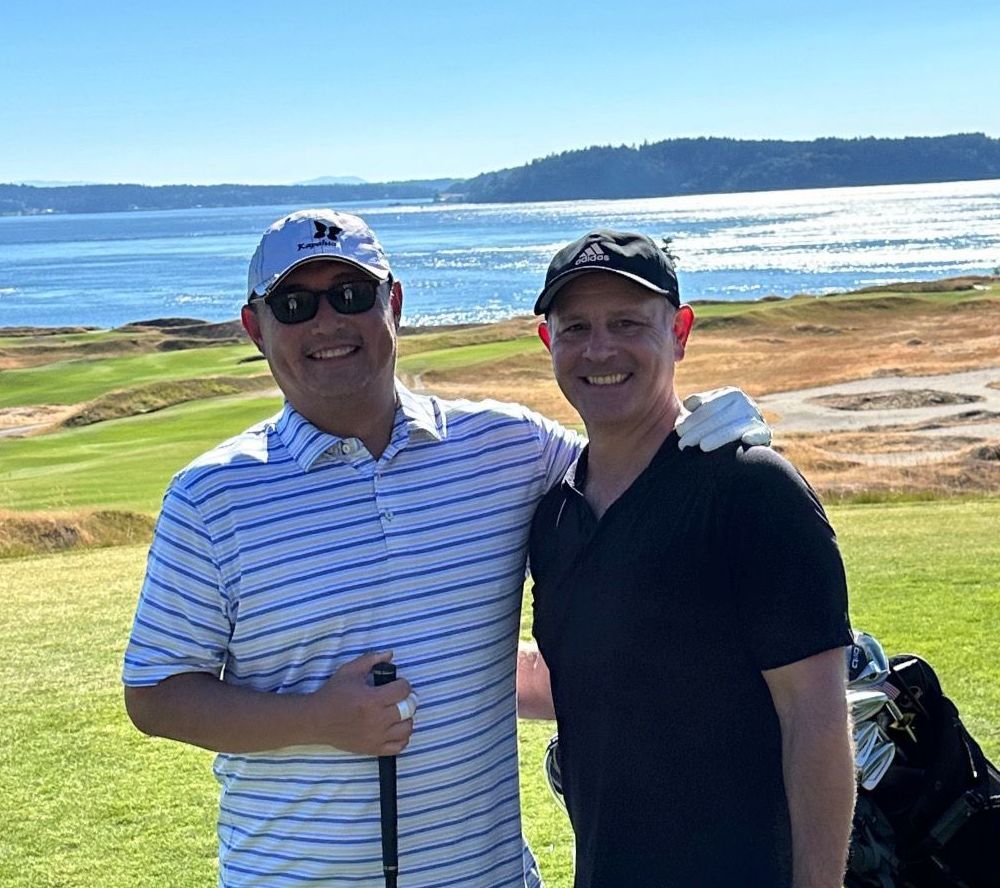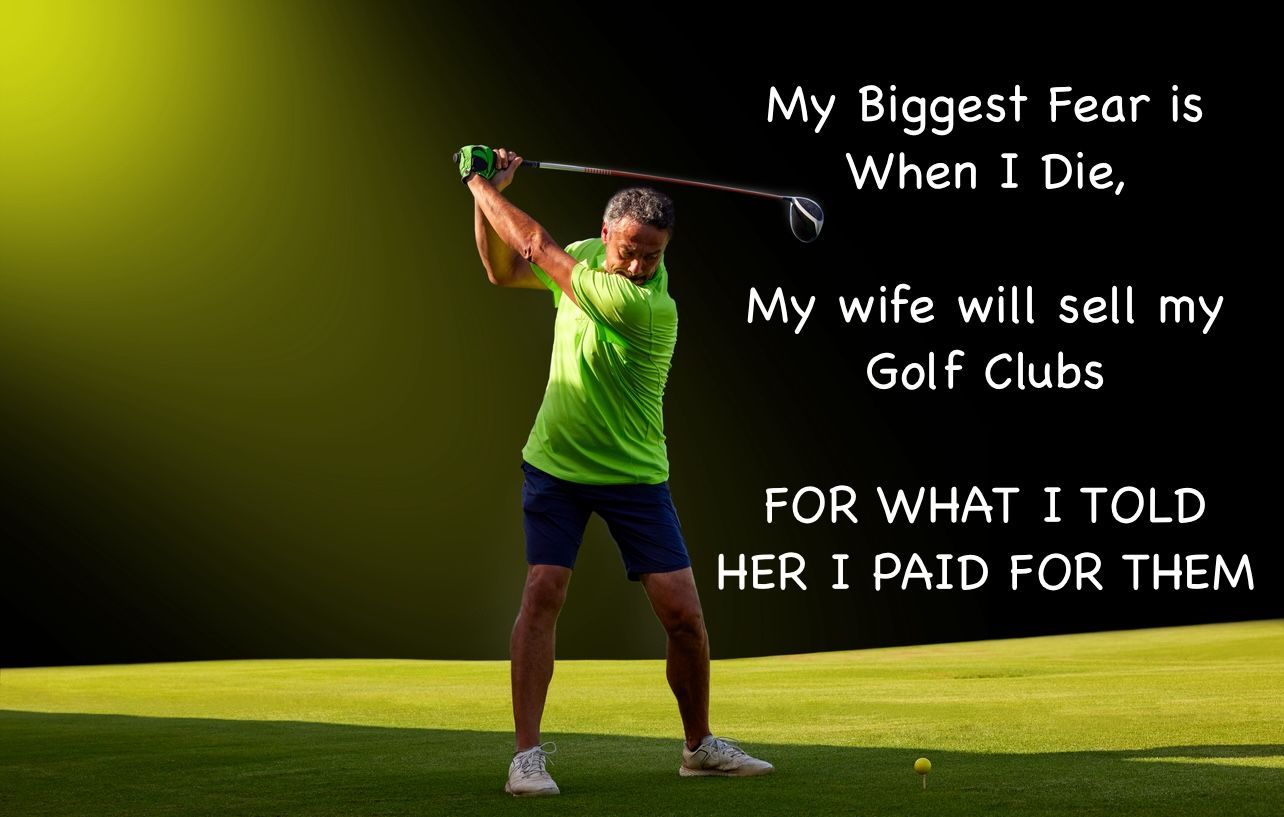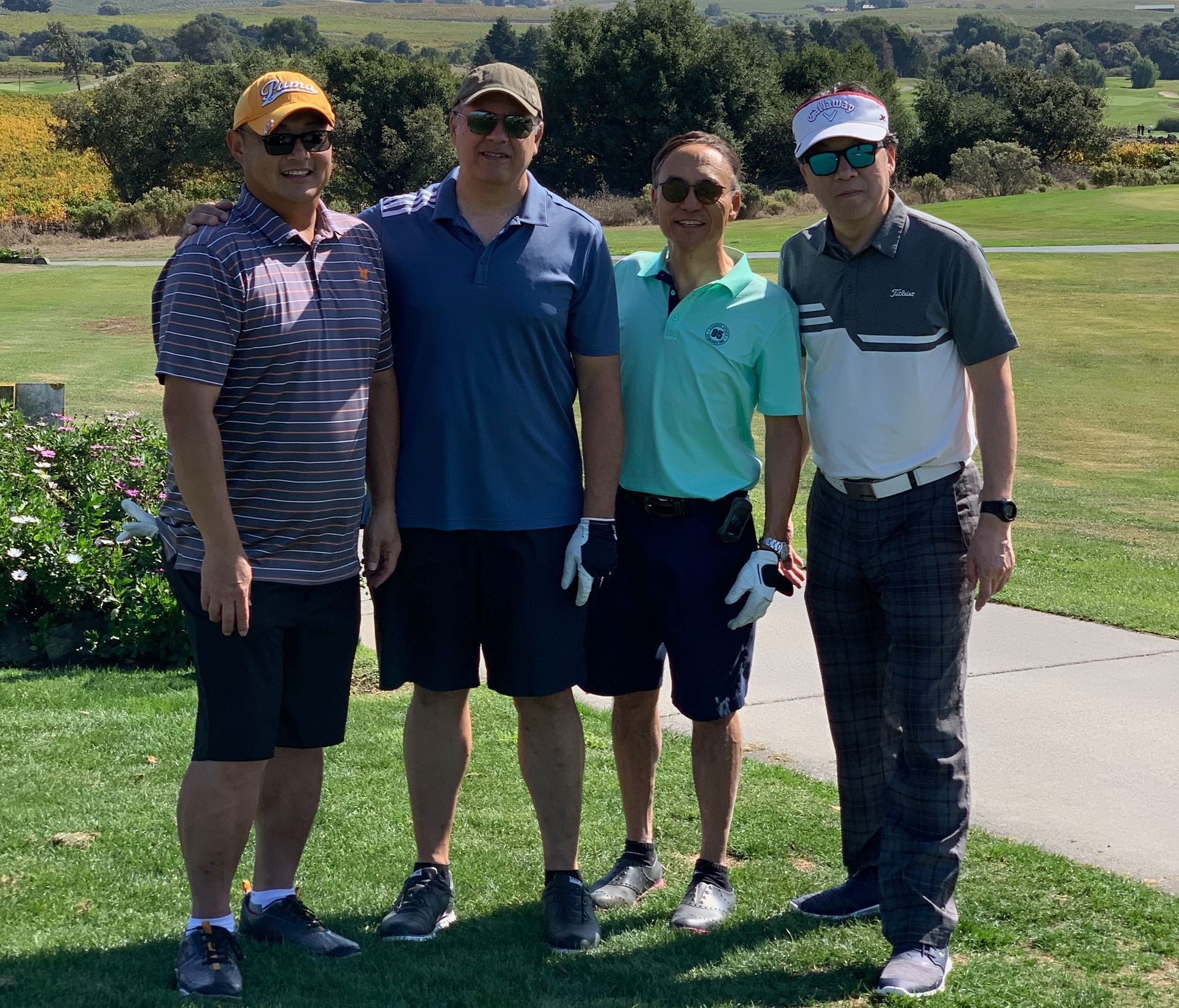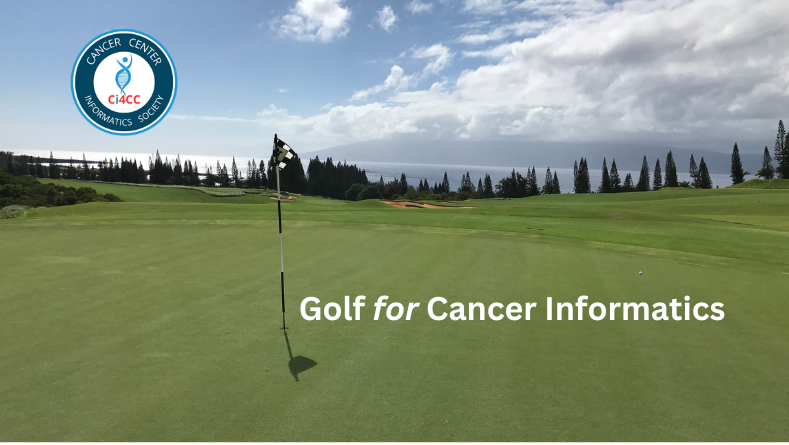I am extremely excited to assume the role of Chief Golf Officer for Ci4CC! For those that know me well, this comes as no surprise as golf and cancer informatics combine to comprise about 124% of my personality. But since very few people would have the combination of the two on their bingo cards of rational pairings, I thought I would use this post to highlight some similarities between the two.
For golfers the end of the year always brings hope and joy. Not because of thoughtful reflection on last year’s learnings or profound personal resolutions for the new year, but because many of the major golf equipment manufacturers release their new club lines in January, ahead of the PGA Show (better known by no one but me as ‘the ASCO of golf equipment’). I’ve played golf for over 40 years, and one of the (few) things I’ve learned from hitting thousands of bad shots is: it’s always the club’s fault, that club should have tried harder.
So I share the same dream of many golfers - that I can buy my way to greatness with a new driver! Yes, I admit I have a problem.
This equipment fever began in earnest in the mid-1990s. It was a combination of increased availability of titanium * , coupled with the emerging use of computer-assisted design (CAD) in clubhead design that allowed clubmakers to create new clubheads that could take best advantage of the benefits of titanium, being lighter and stronger than steel. The launch of the Taylormade Titanium Bubble driver as the first mass-produced titanium club in 1995 launched an equipment arms race amongst golf club manufacturers that continues to this day.
But where else have we seen this pattern of a breakthrough powered by the emergence of a new substrate to exploit, coupled with leveraging advanced computational techniques? Obviously, the answer is the explosive progress in cancer therapies that started in the 2000s! Follow me around the bend here readers as I connect the dots…




